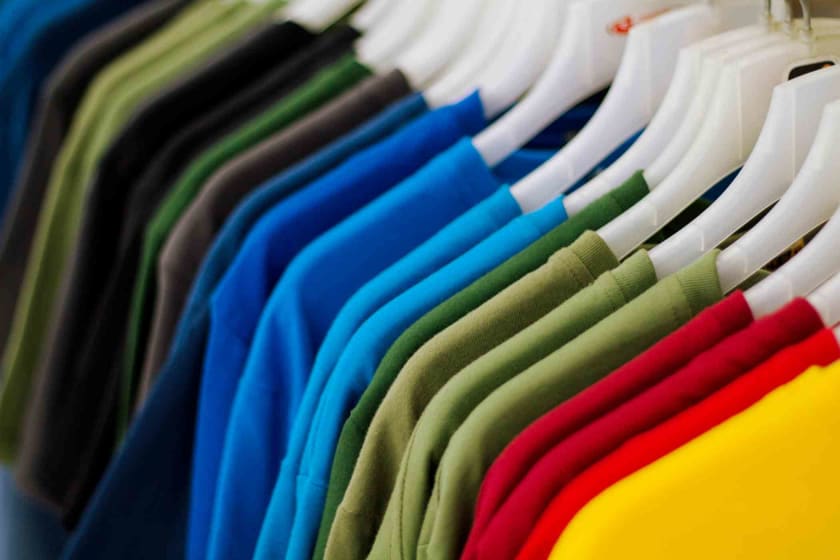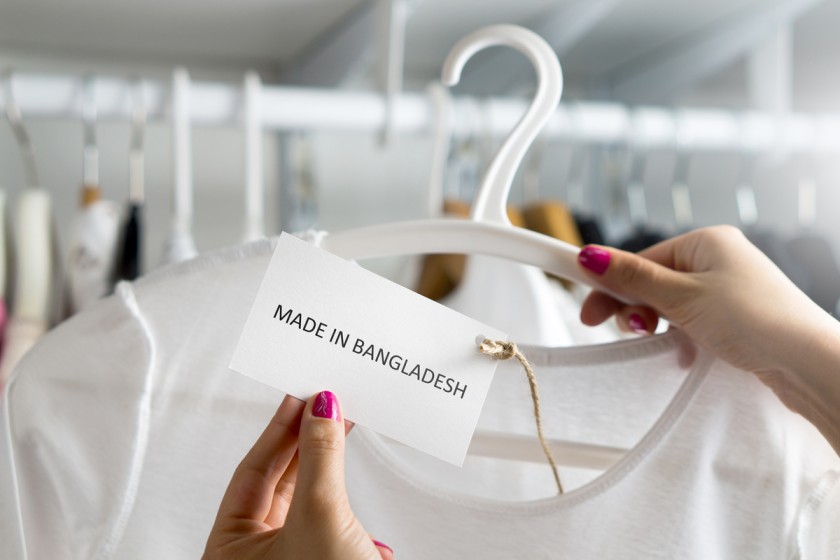4 Tips to Improve your Apparel Sourcing Project



Fashion has evolved, and so has the fashion industry and its ways. Apparel sourcing is all about clothing material, style and the market trends that the industry sets. One can easily see that fashion is one of the fastest-growing business sectors in 2022 and is projected to scrape about $685B in revenue by the first quarter of 2025.
What are the dynamics of this industry? It is not just about the designers and the tailors who work with the given material and produce locally recognizable results. Fashion has crossed borders, and today, international brands hire thousands of designers and marketing specialists to get their take on style published for the world to witness. Hence, even in this industry, sourcing plays a significant role as the public chooses to judge the clothes designed based on representation and material quality.
What is apparel sourcing? Apparel sourcing is the procurement practice of any given business related to fashion. A procurement team interacts with a supplier, states their demands, and carries out a profitable trade to acquire various goods and services. This is standard in most sectors, and fashion is no different. Everything, from the fabric to the metallic or decorative accessories needed, comes under goods procured. Since fashion items are required in bulk, buying from an established supplier in the field makes sense. It is here, precisely, where the apparel sourcing process starts.
What is the need for sourcing in the fashion industry? Since the dramatic increase in the number of customers preferring to shop online on digital platforms, the sector has increased the options presented to the public. Consumers can quickly browse through seemingly endless catalogues to get what they want and factor ethical sourcing into their purchase decisions. Due to several brands and options being available in a few clicks, it is easier for consumers to make well-informed decisions.
Thus, fashion retailers have stepped up their apparel sourcing game to avoid ethical conflicts. They are digitally expanding their various products, making profits on the chosen material. Different factors must be considered before tasking a supplier with an order to complete. They are -
- Communication - A priority for any business is to communicate their ideas to the suppliers and for the vendor to recognize specific business needs.
- Market values - The material supplied by the vendor must match the current market trends and deals.
- Shipping time - On-time delivery of good-quality products is vital for establishing trust between the two parties.
- Use of advanced technologies - The company must analyse how effectively a vendor incorporates the changing technology into their product. This, in turn, will prove vital to rating the quality of the product.
- Trade regulations - Legal formalities must be completed for a deal between two parties to be successful.
- Quality of the raw material used - The quality of the products shipped depends on the quality of the raw material used by the vendor. This can be checked by the company before placing an order.
- Price - Cost-effectiveness plays an essential role in apparel sourcing deals.
- Location - The business's proximity sometimes plays a role in deciding the fate of an out-sourcing deal.
While these are some of the common things a retailer in the fashion industry looks for, there are some crucial tips to improve an apparel sourcing project undertaken.
Four of the most effective ones are listed below. Read on!

1. The current business situation and the company's customer base decide the need for out-sourcing: The company must analyse apparel sourcing and the related market trends. Whatever the business size, there's a need for the procurement team to investigate the need for apparel sourcing. One can ask for feedback from the employees and the clientele and consider the changes they want in the products.
Every apparel company must research the market trends, which is vital to get the best sourcing deals. Many suppliers in the field promote various products and accessories, and a good deal of market research helps find the best fit for a company. Fashion is all about quality, and finding a supplier that can supplement the company's vision of the basic standard catered is crucial. Moreover, global research on garments can open many doors and potential market bases to advertise the company's offered services. The company may also get to know about previously unknown suppliers, owing to geographical constraints. Thus, researching and finding out more about apparel market trends will help clarify business goals, set a benchmark for progress, and find compatible and ethical suppliers.
Since the trends change daily in fashion, an updated company-supplier duo is necessary. Procurement and analysis teams can research current trends and connect them with the administrative and financial side of the field. This is very important for an apparel sourcing project since it's affected not only by the changed financial planning of the company but also by its varied needs.
2. Formulating an effective source apparel strategy is essential: Once you have analysed the need for sourcing, it's time to develop an effective sourcing strategy to avoid losses and allot funds practically. Factors to consider while drafting a source apparel strategy are -
- Internal factors like quality and budget: An apparel company must make knowledgeable decisions regarding its budget and the funds available to invest in the required raw material. They must also ensure that the budget is consistent with the quality expectations. These internal factors must be considered to secure future supply and ensure newness in the assortment.
- External factors like the supplier's flexibility, location and performance of the other players in the market also play an essential role in drafting a sourcing strategy. The supplier chosen should be able to accommodate the company's needs, including logistical transportation. One must consider the location's proximity to reduce transportation costs.
If competitors hold a significant share of a specific product's selling profits, a company must highlight their uniqueness to interest their original consumer base.
One can study prominent companies' apparel sourcing plans to understand the problems encountered and practical solutions offered.
3. Enforcing the strategy and paying particular attention to negotiations: Effective implementation is necessary once the plan is drafted. Proper communication between the procurement team and the suppliers is needed to avoid conflicts and legal issues. If a company is transitioning, it must inform its supplier of the changes required and the updated product quality. Maintain a supreme supplier-company relationship for great results!
Negotiating is vital in business deals to get maximum value within a minimal budget. There are some factors that a company must take into consideration before limiting their budgets, such as the scope of the work given, time taken for delivery and the supplier terms and conditions set.
Keeping a standard protocol to manage every deal, with a few necessary tweaks, will significantly benefit the company. It saves the time taken to sit down and plan every detail.
4. Monitoring the process with the help of extensive supplier information: To diversify the products offered, a company has to do its groundwork and get the basics right. An instantaneous profit surge can be seen if the raw material can be moulded into something creative. Having a supplier's information helps with the same, as this helps build consistency and a continuous workflow.
After a deal agreement, monitoring the process is easier because of all the available information. One can consider the contact information, location, performance data and previous contracts of the supplier before contacting them for a deal. As a result, a well-connected network forms within and outside the company, introducing the business to its competitors in the same field. Having the correct supplier information helps the process as this helps build consistency and a continuous workflow.

Practical utilisation of a company's time and funds invested can be seen if one follows all the tips given.
Conclusion
Apart from the tips mentioned earlier, it's essential to consider various other factors unique to fashion. Focusing on the quality of the fabric is of utmost priority for a customer company. The garment's fabric quality is based on the raw material supplied, and the cloth fit is essential if a garment is directly procured from a supplier. Consumers find trendy, comfortable clothes compatible with their existing style and needs. A neat packaging also allures clientele to place an order for the product.
Apparel sourcing is not easy for someone new to the field or a fashion novice. It is necessary and directly affects the growth of a company. Identifying the critical factors related to apparel sourcing and accessories can help businesses develop and be open to diverse marketing options.
Fashinza is one such company that helps build a successful relationship between a diverse supplier base and a fashion organisation. Since it directly caters to a company's needs and demands and helps find suitable material vendors for the project, it guarantees a smooth ‘fashionable’ experience. To know more about Fashinza, click the link below!



















